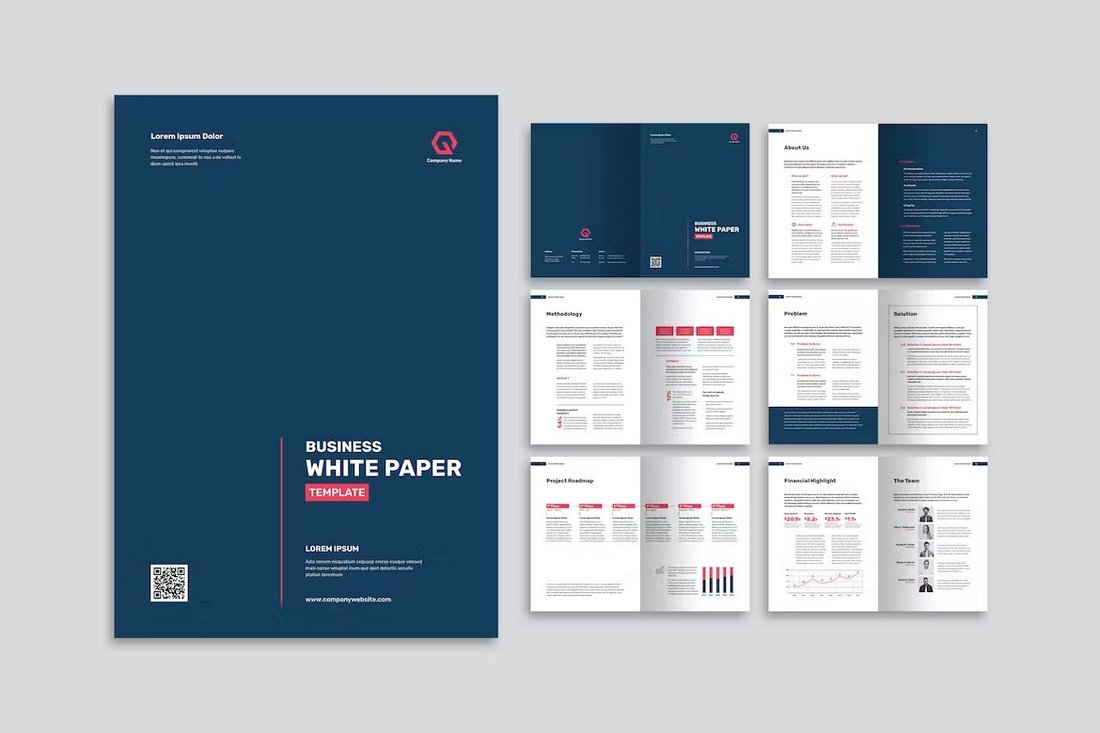White paper copywriting stands at the confluence of education, persuasion, and marketing, offering businesses a unique tool to establish thought leadership, educate their audience, and generate leads. In the digital age, where content is king, a well-crafted white paper can set your business apart, providing deep insights into complex issues, proposing innovative solutions, and showcasing your expertise. This guide offers a comprehensive overview of white paper copywriting, emphasizing the creation of content that not only engages and informs but also performs well in search engine rankings. White papers are detailed, authoritative reports that address specific challenges within an industry, offer solutions, or introduce new innovations. Unlike blogs or articles, white papers dive deep into topics, providing a thorough analysis supported by research, data, and expert opinion. The goal is to guide the reader through a complex issue, leading them to understand and, ultimately, trust your solutions. The foundation of a compelling white paper is a topic that resonates with your target audience. It should address current industry challenges, trends, or innovations. Collaboration with Subject Matter Experts (SMEs) is vital to ensure the content is both relevant and insightful.
A white paper’s credibility hinges on the accuracy and comprehensiveness of the information it contains. This involves not only collating data and statistics but also understanding the latest SEO practices to ensure the content is discoverable by your target audience. The structure of your white paper should facilitate easy reading while guiding the audience through the narrative. Use clear headings, subheadings, and bullet points. Storytelling can enhance engagement, making complex information more accessible. Incorporate charts, graphs, and infographics to break up text and highlight key points. Visuals can significantly enhance understanding and retention of information. Effective distribution is key to ensuring your white paper reaches its intended audience. Use email marketing, social media, and your website for promotion. Optimize the white paper for SEO with relevant keywords, engaging titles, and quality backlinks. The main challenge lies in distilling complex, often technical information into content that is accessible and engaging to the reader.
This requires a balance between depth and readability, ensuring the white paper is informative without being overwhelming. Employing clear, concise language and visual storytelling can help maintain reader interest throughout the document. Professional white paper copywriting services bring a blend of research prowess, industry knowledge, and SEO optimization skills. Experts in the field can navigate the intricacies of creating content that not only meets the educational needs of your audience but also aligns with your marketing objectives, establishing your brand as a thought leader and driving lead generation. White paper copywriting is a nuanced art that requires a strategic approach to topic selection, research, writing, and promotion. By focusing on creating authoritative, SEO-optimized content that educates and persuades, businesses can leverage white papers to highlight their expertise, solve their audience’s problems, and ultimately drive conversions. As the digital landscape continues to evolve, the white paper remains a critical tool in the B2B marketing arsenal, offering a profound way to communicate complex ideas and innovations in an increasingly competitive marketplace.
So, here is a reminder of how to create the perfect white paer.
- Identify Your Audience: Understand who your white paper is for and tailor your content to their interests and knowledge level.
- Choose a Compelling Topic: Select a relevant topic that engages you target audiuence and addresses a significant problem, trend, or innovation in your industry.
- Collaborate with Subject Matter Experts (SMEs): Gather in-depth insights and ensure the accuracy of the technical or industry-specific information presented in your white paper.
- Conduct Thorough Research: Back up your white paper content with extensive research, including the latest statistics, case studies, and examples from credible sources.
- Engaging Title: Develop a title that captures the essence of your white paper and entices your target audience to read further. Make sure it’s clear, concise, and reflective of the content.
- Logical Structure: Organize your white paper in a structured, coherent flow including an abstract or executive summary, introduction, main body sections, and a strong conclusion.
- Use Engaging and Accessible Language: Write in clear, straightforward language to ensure your white paper is accessible to all readers, regardless of their technical expertise.
- Incorporate Visual Elements: Enhance your white paper with charts, graphs, infographics, and other visual aids to break up text, illustrate key points, and improve reader engagement.
- Optimize for SEO: Include naturally=placed relevant keywords throughout your white paper to improve its visibility in search engine results.
- Promotion & Distribution: Leverage multiple channels for distributing your white paper, including websites, email marketing, social media and industry forums.
If you have something to say or an insight that you would like to share with your industry colleagues, please get in touch.

